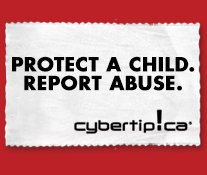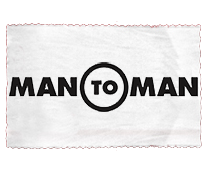Terms and Language
Understanding and defining key terms consistently can lessen the potential confusion. When discussing child exploitation “words matter because they shape our understanding of the problem, and guide our solutions” (Semantics or Substance, 4).
Article 1 of the Convention on the Rights of the Child defines a child as every human being below age 18 unless, under the law applicable to the child, majority is attained earlier. International law such as the International Labour Organization’s Convention No. 182 on the Worst Forms of Child Labour goes further and states that anyone below 18 should be regarded as a child without allowances for national legislation that sets childhood at a different age.
Beyond Borders ECPAT Canada thinks carefully about the terms it uses. The organization considers how language choices impact children.
Commercial Sexual Exploitation of Children (CSEC)
There are three primary forms of CSEC: prostitution, pornography, and trafficking for sexual purposes. CSEC occurs when a child’s rights are violated through a commercial transaction. The exchange can be in cash, material items, or services. It may profit a wider range of people than the immediate beneficiary of the transaction
CSEC is the preferred term of most international organizations, but it is not perfect. For example, it does not always bring to mind the violence inflicted in its practice. Additionally, it can be difficult to determine what is meant by the word ‘commercial.’ Some experts question whether the inclusion of ‘commercial’ is an artificial distinction. The word is sometimes dropped from the term CSEC and sometimes included. For example, in 1996 and 2001 World Congresses against the Commercial Sexual Exploitation of Children were held. In 2008, this was changed to the World Congress against the Sexual Exploitation of Children.
Child Prostitution
Child Prostitution is often interchanged with Commercial Sexual Exploitation of Children. It refers to incidents when either an intermediary exploiter (pimp) or the abuser benefits from a commercial sexual transaction involving a child.
Using the term child prostitution can imply that the child is consenting to the act. Child prostitution does not emphasize that the act of prostituting a child is carried out by an adult party. Referring to “sex work” is also misleading because doing so suggests that a child “worker” has chosen to follow a “profession.”
Child Sex Tourism
Child sex tourism is the commercial sexual exploitation of children by men or women who travel from one place to another, usually from a richer country to one that is less developed, and engage in sexual acts with children. The definition of child sex tourism should remain broad enough to encompass situational exploiters (who are the majority) in addition to tourism that is organized specifically around commercial sexual exploitation.
Child Marriage
Child marriage involves the marriage of anyone below age 18. It is the marriage of a child to an adult or another child, and may be legally condoned by national laws.
Child Sexual Abuse Images
Beyond Borders ECPAT Canada prefers the term “child sexual abuse images” over “child pornography” because it more clearly describes the depiction of the sexual assaults against children. Alternatively, “child pornography” can minimize the crime or give the impression that the children being abused are consenting. Child sexual abuse images exploit children in different ways. Children are harmed when they are forced or coerced into participating. They are also harmed in the long-term when the images remain online. Individuals who possess pornographic depictions of children often continue to exploit children.
Child Sex Offenders
Child sex offenders can be situational or preferential. Situational offenders do not normally prefer sex with children but act under certain circumstances. Preferential offenders have a true sexual interest in children. Pedophilia refers to persistent feelings of attraction in an adult or older adolescent toward prepubescent children, whether the attraction is acted upon or not. The majority of child sex offenders are not pedophiles.
Sources
- Semantics or Substance? Towards a Shared Understanding of Terminology Referring to the Sexual Abuse and Exploitation of Children, (Bangkok: Subgroup Against the Sexual Exploitation of Children, NGO Group for the Convention on the Rights of the Child / ECPAT, January 2005).
- Kelly Bunzeluk, Child Sexual Abuse Images: An Analysis of Websites by cybertip.ca (Winnipeg: Canadian Centre for Child Protection, 2009) at 13.




